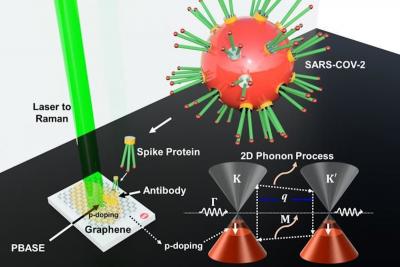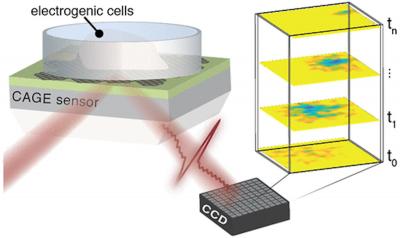AMD secured U.S Government contract to develop films for laser protective eyewear
Advanced Material Development (AMD) has been awarded a US Government contract to develop protective films to be integrated into protective eyewear. The contract with the Irregular Warfare Technical Support Directorate (IWTSD, formerly CTTSO) will fund AMD’s development of laser filtering coatings, based on AMD’s nanomaterial and photonic crystal technologies.
AMD incorporates few layer graphene (FLG) into a polymeric substrate to create the photonic crystals which are the foundation of their platform technology.




